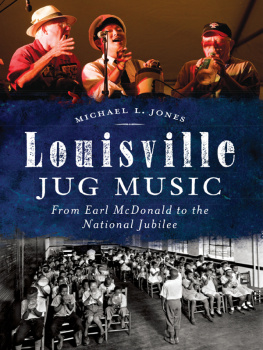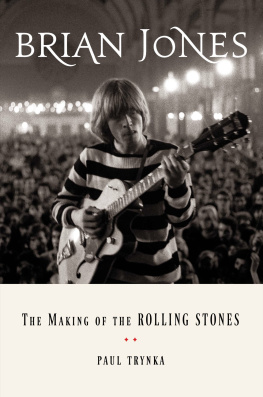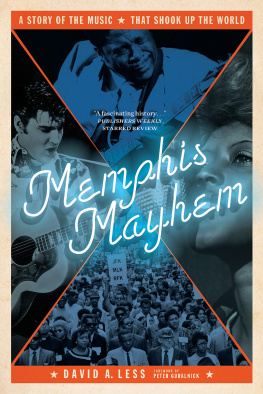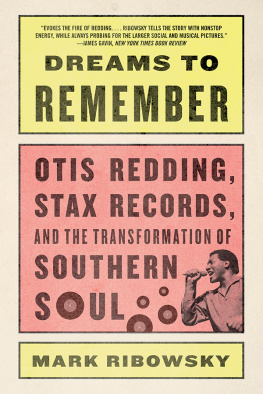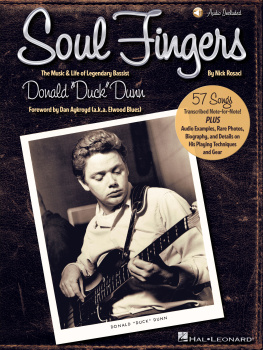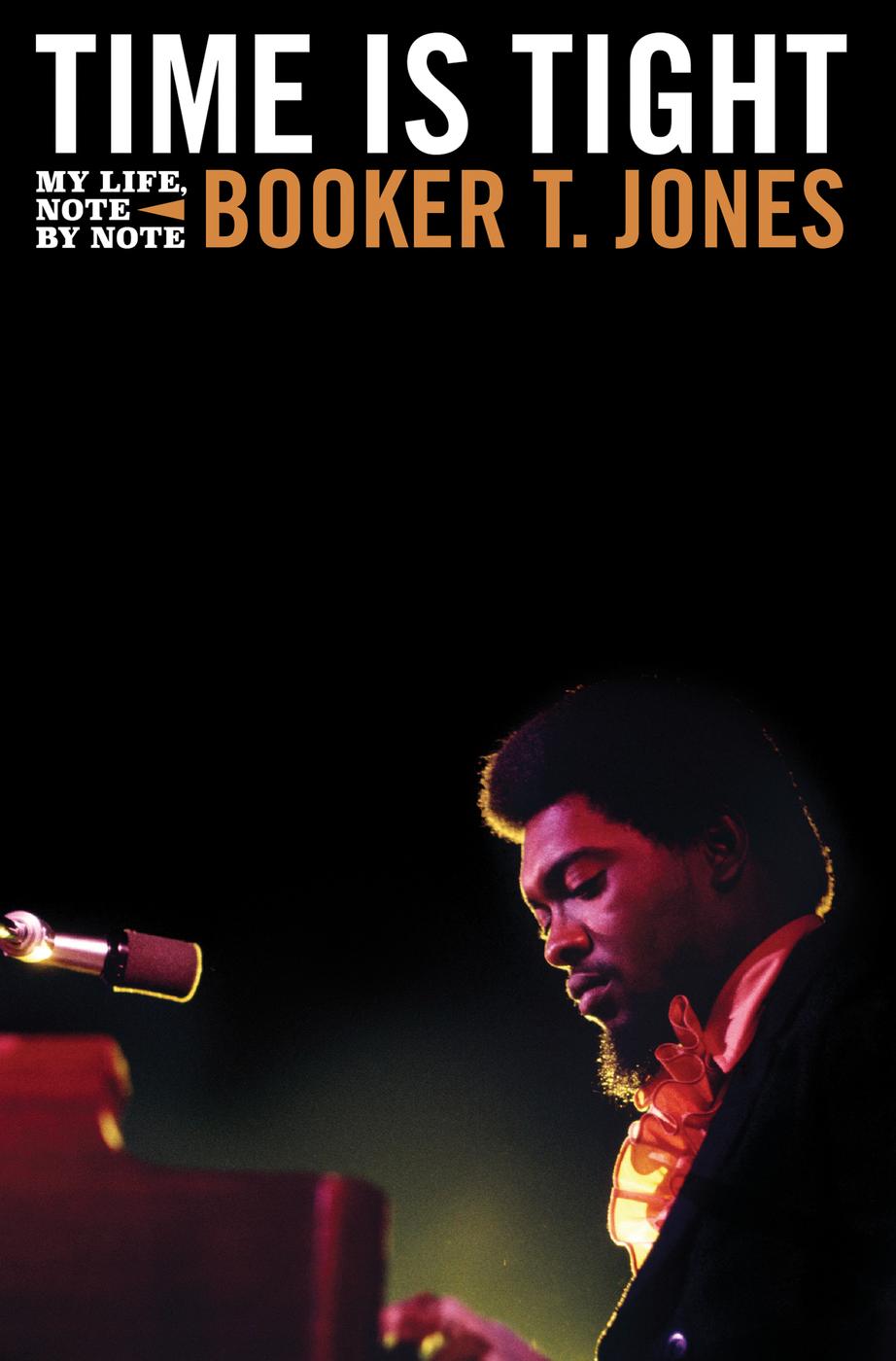
Copyright 2019 by Booker T. Jones
Cover design by Gregg Kulick
Cover art Walter Iooss Jr. / Getty Images
Author photograph by Piper Ferguson
Cover 2019 Hachette Book Group, Inc.
Hachette Book Group supports the right to free expression and the value of copyright. The purpose of copyright is to encourage writers and artists to produce the creative works that enrich our culture.
The scanning, uploading, and distribution of this book without permission is a theft of the authors intellectual property. If you would like permission to use material from the book (other than for review purposes), please contact permissions@hbgusa.com. Thank you for your support of the authors rights.
Little, Brown and Company
Hachette Book Group
1290 Avenue of the Americas, New York, NY 10104
littlebrown.com
twitter.com/littlebrown
facebook.com/littlebrownandcompany
First ebook edition: October 2019
Little, Brown and Company is a division of Hachette Book Group, Inc. The Little, Brown name and logo are trademarks of Hachette Book Group, Inc.
The publisher is not responsible for websites (or their content) that are not owned by the publisher.
The Hachette Speakers Bureau provides a wide range of authors for speaking events. To find out more, go to hachettespeakersbureau.com or call (866) 376-6591.
Lyrics from Ole Man Trouble reprinted with permission of Downtown Music Publishing
eISBN 978-0-316-48557-9
E3-20190917-DANF
To Nan Jones, my California girl
Explore book giveaways, sneak peeks, deals, and more.
Tap here to learn more.

Time doesnt always move straight forward. I followed my thematic impulses to guide me to connect events from different periods of my life. I wanted you, the reader, to sense the flow of timenot only from the early beginnings to now but jumping forward and circling back when moments were joined more by truth than minutes.
Its a song that returns again and again to choruses that are different and somehow the same. I encourage you to let your mind open and free yourself of constraints. Time is open, and yet time is tight.
I have recalled the events depicted in this book to the best of my recollection. While all the stories are true, some names and identifying details have been changed to protect the privacy of the people involved.
Throughout the text, just after the subheadings, are eighth notes followed by numbers that refer to various musical phrases I have composed for this book. Each phrase is a musical representation of a feeling or temperament that matches or resembles the scene that follows, note by note.
Acapulco Goldlike dinner at a fine restaurant some have described it.
On the morning of February 9, 1971, I had a saddlebag full of it, which tumbled down when I pulled the saddle off my horse. On the trail riding Skeeter, my polo pony, I shared the weed with my riding friend, Glyn Turman, who was never without a generous flask of expensive southern whiskey in his saddlebag. Glyn waved goodbye at my gate and trotted off to his ranch, just north of mine in the Malibu Hills.
I put my horse away and hung the saddle and gear in the tack house. Then I laid a blanket on the ground a few yards away to rest and enjoy the beautiful morning on my Acapulco high. The sky was clear, and the crisp morning air felt good to my lungs as I stretched out and recognized an acute sharpness in my perception that I had not experienced before. I felt I could see, hear, taste, smell, and think better.
My mind eased into reflection as I lay on the ground and appreciated how the mountains and surf gave me a sense of peacefulness and safety. My adventurous, curious nature had led me from Memphis to this exotic locale just steps from the Pacific, where I fell into loving the smell of sweaty horses and musty hay. I met new people who stimulated my musical sensitivitiesRamblin Jack Elliott, Bob Dylan, Stephen Stills, Bill Withers. These Malibu natives were my new family. Life was different here, and I felt deep appreciation for the steady, loving, unwavering support from my parents, teachers, and neighbors in Memphis. I felt secure and stable enough to wander. I loved my new home.
Then the horses started whinnying in the barn. The dogs began barking at the sky.
I became aware of a faint reverberation, way down deep on the other side of the earth. Paranoia set in. Im not sure this is the best time to experience my first earthquake.
The rumble quickly became a bass drum roll, then expanded and condensed into a violent jolt that shook the ground. The whole ranch seemed to move about a foot. Not getting up with the earth moving around like flapjacks in a pan was a no-brainer, so I stayed put, stoned out of my mind. Only later did I learn it was the great San Fernando earthquake, strongest in Californias history, about to do more damage than you could imagine in less time than you could comprehend.
Unaware of the destruction being unfurled around me, I lay frozen on the blanket and took the ride. When the rumbling stopped, I was thankful to be in one piece, still on the earths crust, and not swallowed up into its belly. I took my time rolling over onto my knees. After taking my time to get back on two feet, I realized the old ranch house was still intact, a veteran of many earthquakes.
Billie Nichols, the agent at Louis Buschs Malibu Realty, was thrilled with our $89,000 offer for Lana Turners 4.89-acre ranch at the end of Winding Way. With $40,000 down there was no bank involved, and Lana carried the $49,000 balance herself. She made a few surprise visits to collect mortgage payments and survey her investment. The small print in the contract specified Malibus age-old stigma that no land could be sold to a black.
The deed transferred to me anyway, and I stayed in shape by loading my own hay bales at the Malibu Feed Bin, using bailing pins and heaving the big bales off the dock onto the bed of my 71 F150. When I got home, I loaded and stacked them in the barn, which held thirty tons of hay.
My wardrobe shifted from the fancy clothes I wore with the MGs in Memphis to blue jeans, plaid shirts, cowboy hats, and beige Frye boots that went up to my knees. Everyone who had a ranch was wearing Fryes. They offered some level of protection from the rattlers that haunted Malibus trails with such abundance. Skeeter was not spooked by the snakes and would just speed up when he saw one of the fat females spread out over the road. Not that I was lucky enough to be on the horse for every encounter. There were many times when I was in the brush and a rattler may have been close, so the boots became part of my daily attire.
Though I rode Skeeter western, he was a good jumper since some of the young girls who used him did it English style. I had a deal with my neighbor, Egon Merz, an old German who trained Hollywood starlets to ride, that he could borrow my horses in return for riding and tack lessons. Yess, I trayyned Elizabeth Taylor to ride for National Velvet! I did! he claimed in his broken English.
Many mornings I heard my horses trot past my bedroom window. They left the ranch early because Egon had sent a pair of young girls to fetch a quarter horse or my Shetland pony. I never minded. The exercise was good for the horses, and Egon always walked and brushed them afterward, not to mention cleaning and replacing all the tack by nightfall.
One day, Egons daughter, Gina, led us to a trail that sidled past homes in Ramirez Canyon before proceeding under the Pacific Coast Highway into a dark, narrow tunnel that gave access to Malibu Beach. When our horses caught eye of that smooth sand, they couldnt hold back. No pulling on the reins. We let them go, bending our knees, pressing our heels into the stirrups, and hanging on for dear life.




